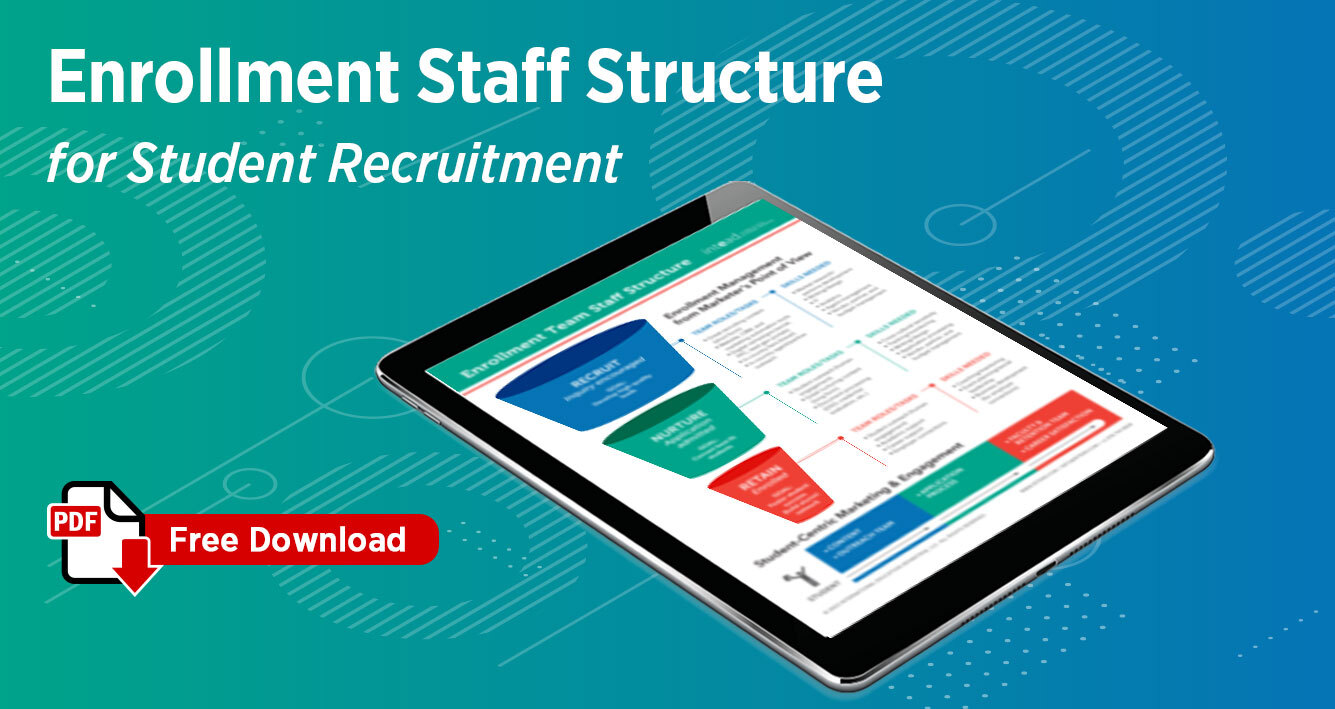…and we thought Q1 was turbulent. The annual NAFSA conference couldn’t have come at a better time. As the White House continued its efforts to reshape US higher ed, our industry was banding together as NAFSA CEO Fanta Aw reminded us that “when the roots are deep, there is no reason to fear the wind.”
Cue a collective deep breath from the audience. We’ve got this; time to dig in.
Through it all, we’ve been evaluating the news and identifying actionable recommendations. It is a time of continual tactical adaptation to achieve the goal at this point in the year: maintaining or improving yield despite the headwinds.
This post will catch you up on our blogs from Q2 ’25, including:
- TRULY VALUABLE TO ALL: Our 2025 ebook reboot of 88 Ways to Recruit International Students
- Why online community college is rising for many international student prospects
- New NAFSA and Intead-led research on international student employment trends
- Revisiting lessons from the past to help shape our response to near-term obstacles in international edu
- Our slides from NAFSA 2025 Career Data Presentation (Connecting Dots)
- Useful tips on tapping into the digital communication student trend: #studyspo
Read on…
Meet Intead!
- Find us at NACUBO in DC in July, and NACAC in Columbus in September. Be in touch to share a cup of coffee in person.
Bookmark this: Intead’s Resource Center
Access 800+ articles, slides decks, reports with relevant content on any topic important to enrollment management and student recruiting. Check it out.
While many NAFSANs did express a weariness and some sessions had a very somber tone, that feeling was not pervasive. There will continue to be pain along the way, no doubt. Some of us will suffer losses due to the threats and disruptions in our field. Student stress (and worse) is no joke. Fabulous and motivated international students will be denied access. Nevertheless, the dust will settle. Reason will prevail. And our community will fix what is being broken.
NAFSA, among other leaders in our field, will be there throughout and after.
To be clear, no one is giving up the fight.
We were part of three presentations at NAFSA this year, mostly about career outcomes for international students and how institutions can use this information to improve enrollment and advocate for our community. Find the link to our data (slides and reports) below.
Read on…
Read More
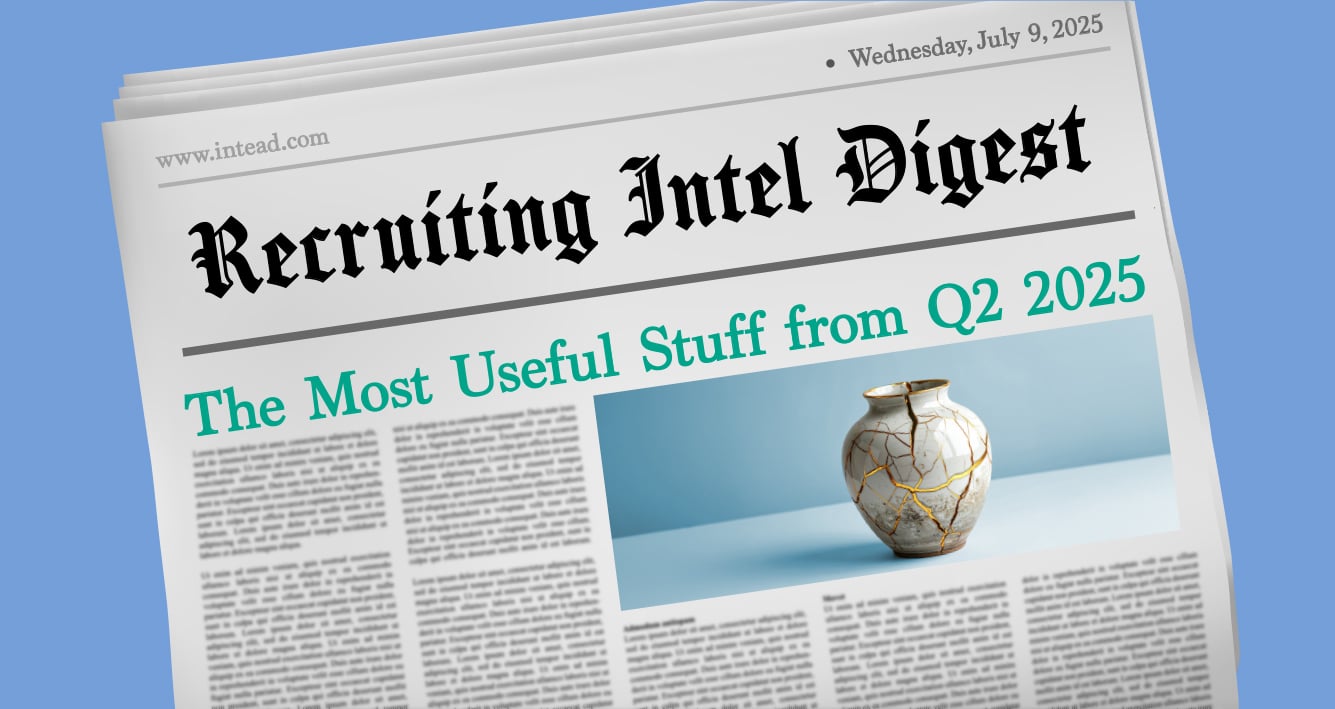
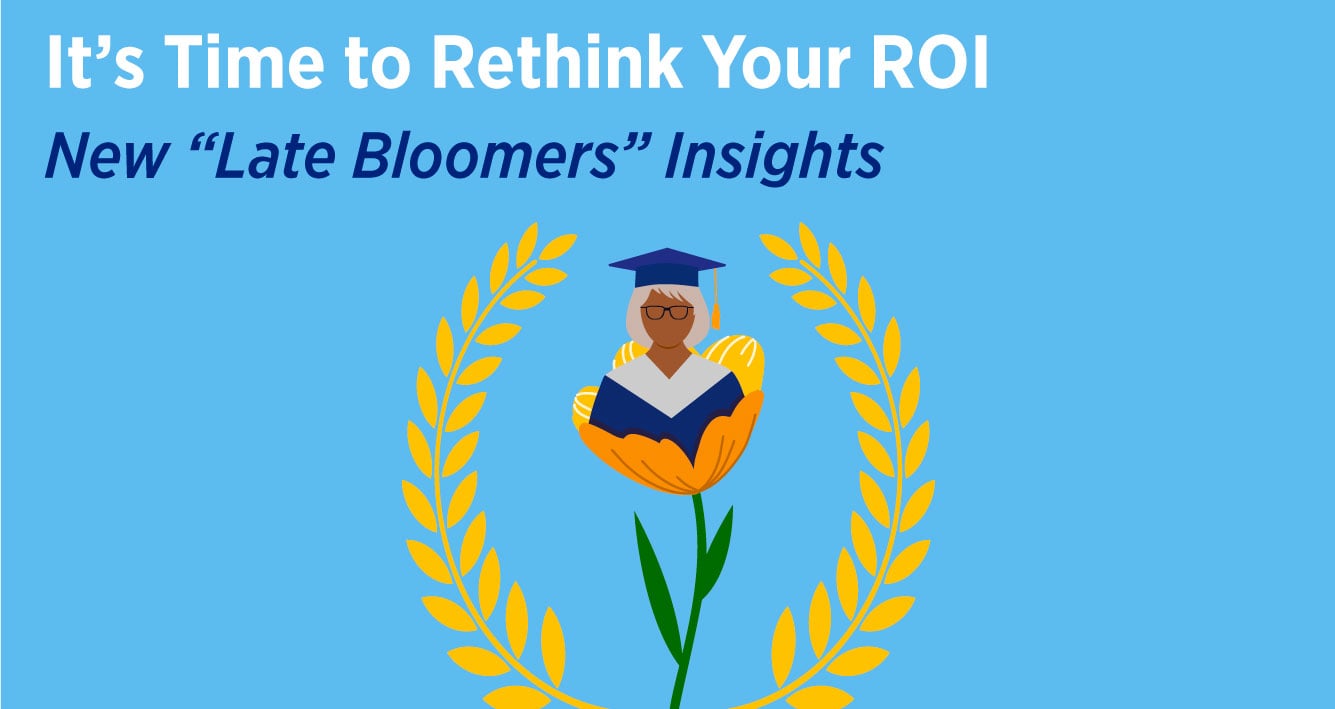




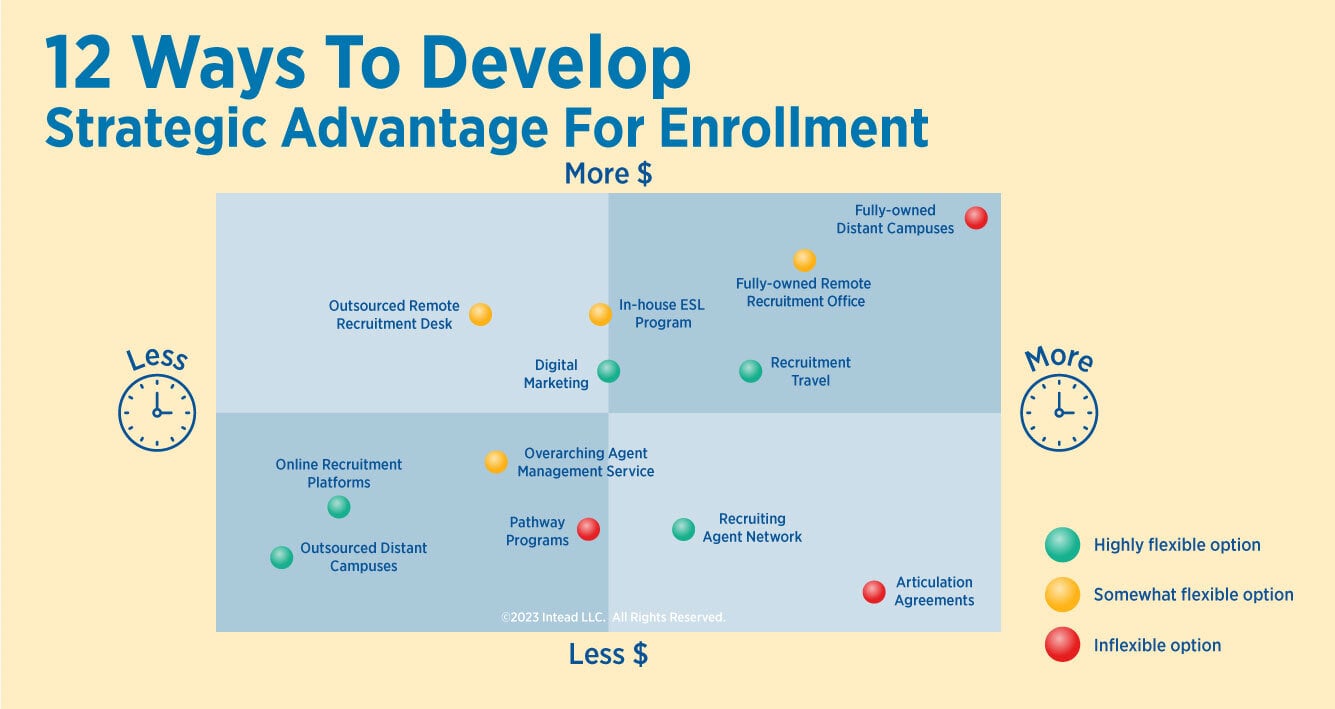
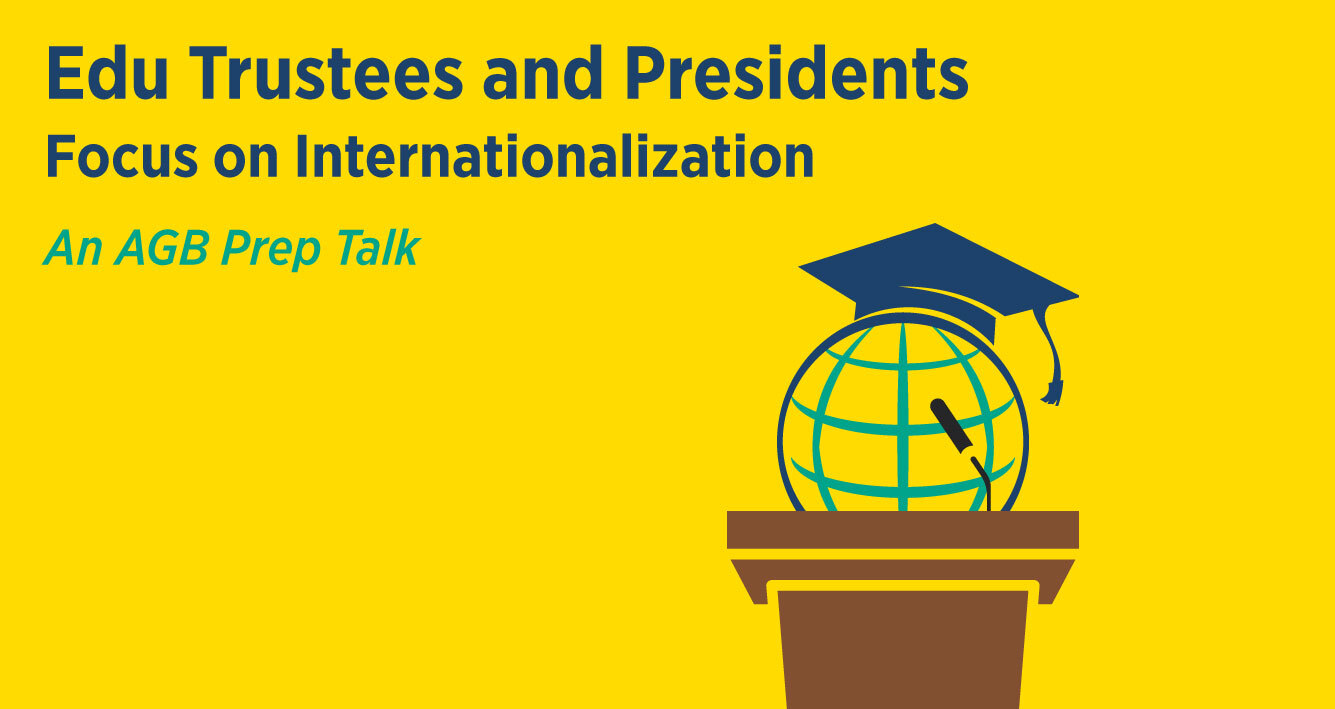
.jpg)
